PPT-English I Stations
Author : sherrill-nordquist | Published Date : 2017-06-28
Week 7 8 1 st nine weeks Vocabulary Development ConnotationDenotation Station Vocabulary concise Marked by brevity of expression or statement free from all
Presentation Embed Code
Download Presentation
Download Presentation The PPT/PDF document "English I Stations" is the property of its rightful owner. Permission is granted to download and print the materials on this website for personal, non-commercial use only, and to display it on your personal computer provided you do not modify the materials and that you retain all copyright notices contained in the materials. By downloading content from our website, you accept the terms of this agreement.
English I Stations: Transcript
Download Rules Of Document
"English I Stations"The content belongs to its owner. You may download and print it for personal use, without modification, and keep all copyright notices. By downloading, you agree to these terms.
Related Documents

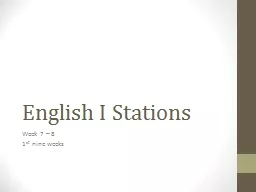
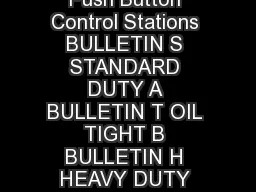
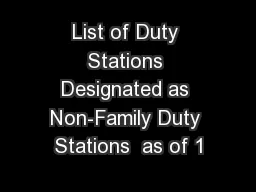
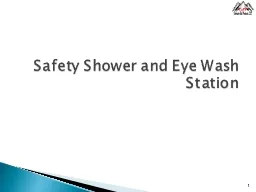

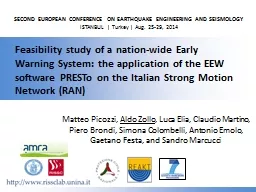

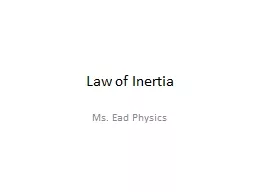
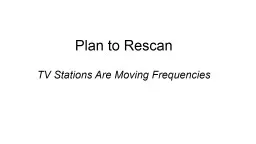



![[READ] Learn English Through Stories: 16 Stories to Improve Your English Vocabulary Learn](https://thumbs.docslides.com/1006295/read-learn-english-through-stories-16-stories-to-improve-your-english-vocabulary-learn-english-through-stories-16-stories-to-improve-your-english-grammar-and-english-vocabulary.jpg)
![get [PDF] Download West\'s Spanish English English Spanish Law Dictionary: Translations](https://thumbs.docslides.com/1019677/get-pdf-download-west-s-spanish-english-english-spanish-law-dictionary-translations-of-terms.jpg)